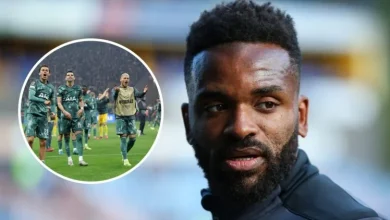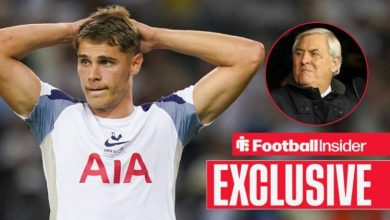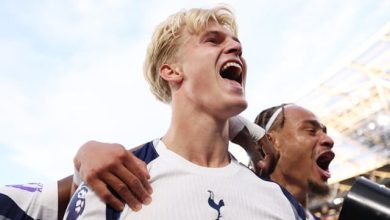Report: Spurs agree fee to sell first-team star but he has rejected the move
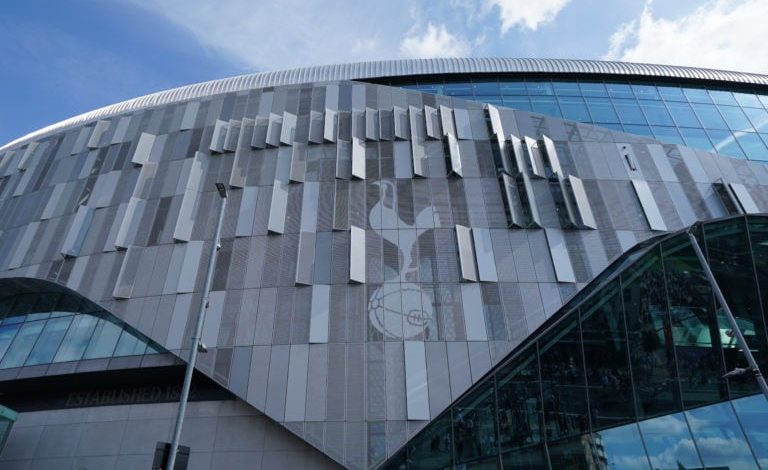
L’Equipe have reported that Hugo Lloris has rejected the opportunity to join Lazio this summer, despite Tottenham agreeing on a fee with the Serie A side.
The report claims that Spurs had agreed to either let Lloris leave on a free transfer or with a small fee attached to the move – but the player himself has pulled the plug.
Hugo Lloris of Tottenham Hotspur warms up ahead of the Premier League match between Crystal Palace and Tottenham Hotspur
Hugo Lloris has rejected Lazio transfer
It is said that Lloris wants to be the first-choice keeper at his next club and that is not a guarantee he was given by Lazio, with Ivan Provedel impressing last season.
This comes after reports had L’Equipe have reported that Hugo Lloris has rejected the opportunity to join Lazio this summer, despite Tottenham agreeing on a fee with the Serie A side. suggested that Lloris was edging closer to a move to last season’s Serie A runners-up (Gianluca Di Marzio).
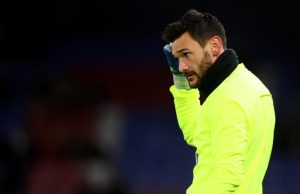
Despite the former Tottenham captain rejecting the transfer, he is still expected to leave N17 this summer after an 11-year stay with the club.
Lloris did receive interest from both PSG and Inter Milan earlier in the summer, but faced the same issue of limited playing time.
It does seem rather pointless for Lloris to transfer somewhere and not be first choice. He could stay at Tottenham and do that for one more year on probably more money. I’m really surprised that clubs haven’t been lining up to offer him their number one jersey in Europe.
Let us know
Keep up to date with all the latest Tottenham news and opinion by following SpursWeb’s Facebook, Twitter and Instagram accounts.
Chief writer and editor at The Spurs Web and an NCTJ qualified journalist with more than five years of experience, ranging from reporting at a local level, to spending time on a national sports desk, and covering daily Tottenham news. You may have also seen some of my Twitter threads @SpursWebSeb. When I’m not using my Spurs season ticket, I like to play sport, were rejected the move


